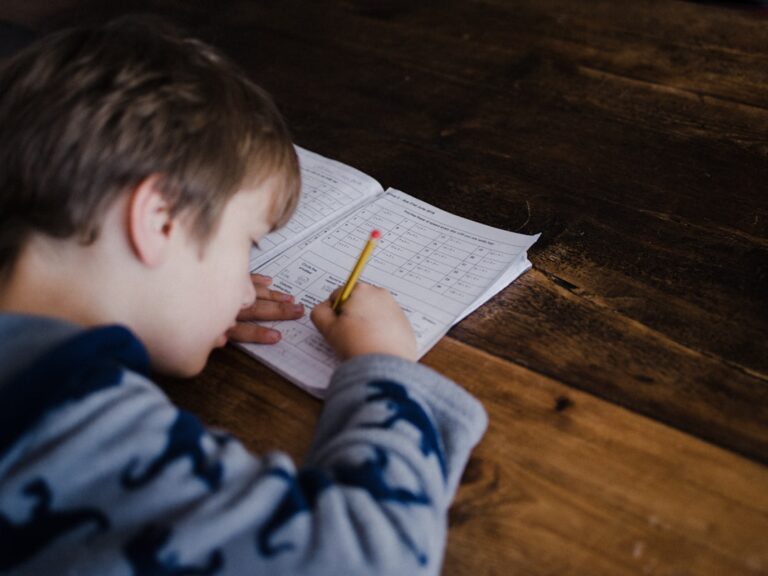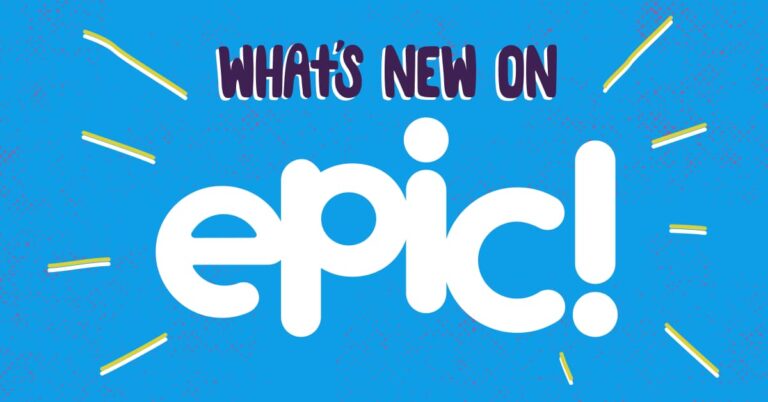Guiding Hands: Effective Techniques For Educating Children With Dysgraphia

Education is a cornerstone of human development, allowing individuals to explore their potential and contribute meaningfully to society. However, the path to education can be filled with challenges for children with dysgraphia, a neurological condition that impacts their ability to write and spell. As educators and caregivers, it is our responsibility to ensure that every child, regardless of their unique learning needs, receives the support they require to succeed. This article delves into the world of dysgraphia and presents effective techniques for guiding and educating children who experience this condition.
Understanding Dysgraphia
Dysgraphia is a learning disability that has an impact on a child’s ability to write. It goes beyond mere messy handwriting; it involves difficulties in forming letters, spelling words, and organizing thoughts on paper. This can lead to frustration, lowered self-esteem, and even avoidance of written tasks. Dysgraphia is not a reflection of a child’s intelligence but rather a result of neurological differences that impact their motor skills, memory, and processing abilities.
Creating An Inclusive Learning Environment
When considering how to teach a child with dysgraphia, educators should prioritize creating an inclusive learning environment that incorporates multisensory techniques and leverages assistive technology to ensure their success. This involves recognizing that their challenges are genuine and not a result of laziness or lack of effort. When educators and peers embrace this understanding, it paves the way for a supportive atmosphere where the child feels valued and capable.
Multisensory Learning
One of the most effective techniques for teaching children with dysgraphia is through multisensory learning. This approach engages multiple senses – visual, auditory, and tactile – to enhance learning and memory retention. For instance, when teaching a child a new word, educators can have them say the word out loud, trace its letters on a textured surface, and associate it with a relevant image. This technique capitalizes on the brain’s ability to process information from various channels, making learning more accessible and enjoyable.
Keyboarding Skills
Recognizing the challenges of handwriting and integrating keyboarding skills into the curriculum can be immensely beneficial. While handwriting remains important, allowing children with dysgraphia to express themselves through typing can significantly reduce the frustration associated with traditional writing methods. Teaching touch typing not only enhances their writing speed but also boosts their confidence in conveying their thoughts.
Breaking Tasks Into Smaller Steps
Children with dysgraphia often find larger tasks overwhelming. Breaking down assignments into smaller, manageable steps can make the process less daunting. For instance, instead of asking a child to write a full essay at once, educators can guide them through outlining, drafting small paragraphs, and then gradually piecing them together. This approach instills a sense of accomplishment at each stage and encourages the child to persist.
Utilizing Assistive Technology
The digital age has brought forth a plethora of assistive technologies that cater to various learning needs. For children with dysgraphia, tools such as speech-to-text software, word prediction programs, and interactive learning apps can be transformative. These technologies not only provide an alternative to traditional writing but also harness the child’s strengths, such as their oral communication skills.
Flexible Assessments
Traditional written assessments might not accurately reflect a child’s understanding of the subject matter for those with dysgraphia. Embracing alternative assessment methods, such as oral presentations, creative projects, or even recorded video explanations, ensures that their knowledge is accurately evaluated without undue emphasis on writing skills.
Encouraging Self-Advocacy
Empowering children with dysgraphia to advocate for themselves is a crucial life skill. Educators and caregivers can guide them in understanding their learning needs and expressing them confidently. This fosters a sense of independence and resilience, enabling them to navigate academic and personal challenges with self-assurance.
Collaboration Between Educators And Specialists
Collaboration between classroom educators and specialists, such as occupational therapists and speech-language pathologists, is invaluable. Educators can gain insights into specific strategies to implement in the classroom, while specialists can provide tailored exercises that target the child’s motor skills, coordination, and language development.
Fostering A Growth Mindset
Central to effective education for children with dysgraphia is fostering a growth mindset. By emphasizing effort, persistence, and the capacity to learn and improve, educators can counteract feelings of inadequacy. When children believe that their abilities can develop through dedication and hard work, they are more likely to embrace challenges and thrive.





